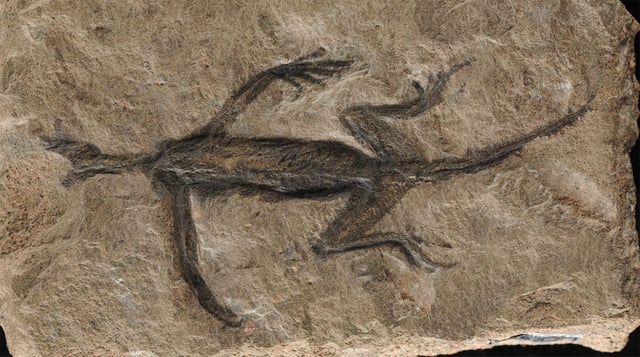Overview
- A 280 million-year-old fossil, Tridentinosaurus antiquus, discovered in the Italian Alps in 1931, has been revealed to be largely a forgery, consisting of black paint over carved rock and a few bones.
- The fossil was initially thought to be a significant specimen for understanding early reptile evolution, believed to contain preserved soft tissues.
- Advanced analytical techniques, including ultraviolet photography and microscopic analysis, uncovered the forgery, showing the fossil's outline was artificially created.
- Actual bones and traces of osteoderms were found within the fossil, indicating some genuine elements amidst the forgery.
- The discovery prompts a reevaluation of previously studied fossils and highlights the importance of modern analytical methods in paleontology.
